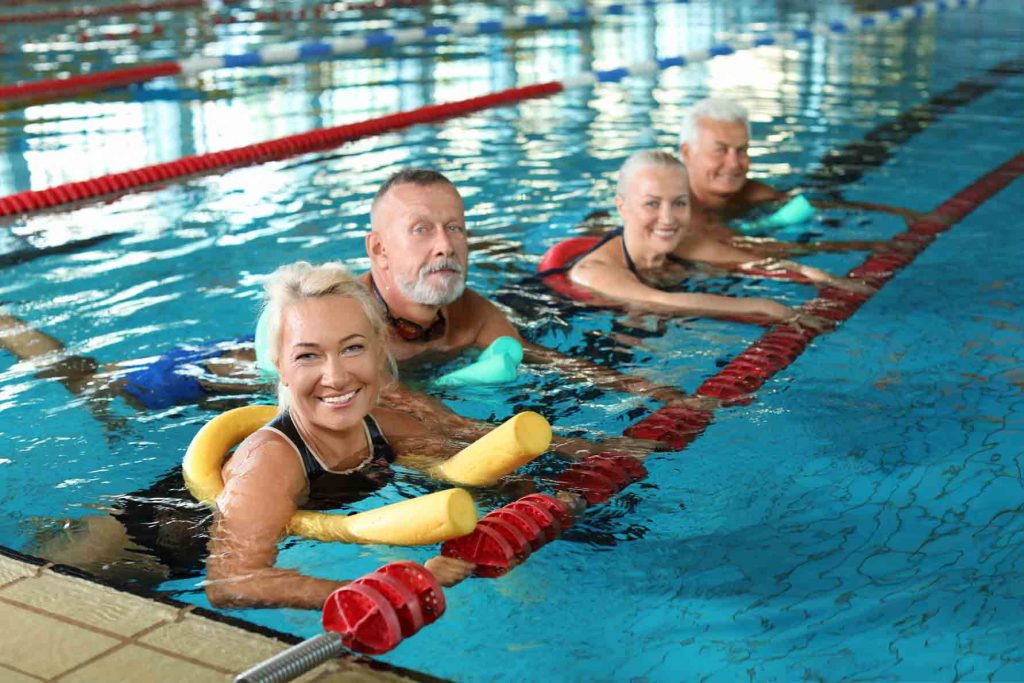If you’re dealing with spondylolisthesis, you know how debilitating the condition can be. The pain, stiffness, and limited mobility can make even simple tasks seem impossible. However, there is hope. Aquatic therapy is a form of physical therapy that can help manage symptoms and improve quality of life for spondylolisthesis patients. Here are some of the benefits:

1. Reduced Pain and Inflammation
Water provides a low-impact, buoyant environment that can help reduce pain and inflammation associated with spondylolisthesis. The water’s natural resistance also provides a gentle resistance workout that can help strengthen muscles and improve range of motion.
2. Increased Flexibility and Mobility
Spondylolisthesis can cause stiffness and limited mobility in the back and legs. Aquatic therapy allows patients to move freely and perform exercises they may not be able to do on land. This can help increase flexibility and range of motion, making daily activities easier and more comfortable.
3. Improved Balance and Coordination
Water provides a supportive and stable environment that can help improve balance and coordination. This is especially important for spondylolisthesis patients who may have difficulty with balance and coordination due to weakness in the lower back and legs.
4. Non-Weight Bearing Exercise
Aquatic therapy is a non-weight bearing exercise, which means there is less stress on the joints and spine. This makes it an ideal form of exercise for spondylolisthesis patients who may experience pain when exercising on land.
5. Relaxation and Stress Relief
Being in water can have a calming and relaxing effect on the body and mind. Aquatic therapy can help reduce stress and anxiety associated with chronic pain and illness.
Conclusion
Aquatic therapy can be a highly effective form of treatment for spondylolisthesis patients. Its low-impact nature, non-weight bearing exercise, and other benefits make it an ideal choice for those looking to manage symptoms and improve their quality of life. If you’re considering aquatic therapy for your spondylolisthesis, talk to your doctor or physical therapist to see if it’s right for you.
